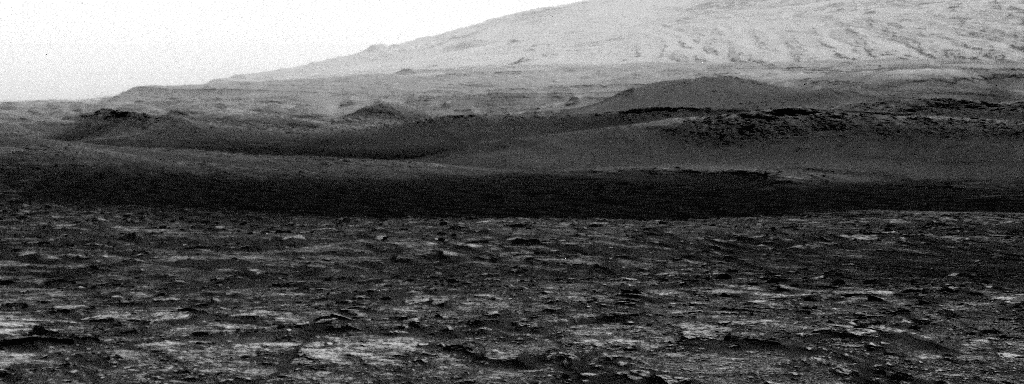
Although Mars’ atmosphere is 100 times thinner than Earth’s, that doesn’t mean that it isn’t just as complex and dynamic in many regards. Mars has cyclonic storms, clouds, seasons, and — as NASA recently illustrated in a fantastic video — dust devils.
This one-of-a-kind footage was recently recorded by Curiosity rover’s Mastcam at Gale Crater. It shows a Martian dust devil casually moving from the left of the frame towards the right.
Seeing the same atmospheric phenomena common on Earth on another planet in such detail is both fascinating and scientifically valuable. Right now, Gale Crater is in its “windy season” and recordings like this can help scientists better understand how atmospheric movements affect Mars’ climate.
Dust devils on Mars form under the same conditions as in Arizona’s desert. These rotating columns of air pick up dust and debris typically on clear summer days when the ground is very hot. The hotter part of the ground heats the air directly above it, whose temperature becomes higher than the surrounding air, so it rises, punching through the cooler air above and creating a vertical column of warm, rising air. If there is a gust of wind, the arrangement is blown sideways.
On Earth, dust devils are pretty small ranging in height from 10 to 100 feet. But in 2012, NASA caught an amazing dust devil that was half a mile tall, and 100 feet wide. It was far from the biggest — dust devils were recorded in the several miles high range.
This particular dust devil recorded on Sol 2847 (a ‘sol’ is a day on Mars) was active for just 5 minutes but the video was fast-forwarded to span just a couple of seconds.
Because they’re much more powerful than on Earth, dust devils on Mars are thought to play an important role in the planet’s climate. These transport vast amounts of fine particles of dust from the surface to the upper atmosphere. The dust alters the albedo or reflectiveness thereby directly influencing the temperature on the surface of Mars.
“These give us the most information about dust devils, such as where they initiate, how they evolve, and how much variety there is in size, dust-content, and duration. Looking at how fast they’re moving and in what direction also tells us about the background wind speed and direction at their location,” Claire Newman, Atmospheric Scientist at Aeolis Research, wrote in a NASA blog post.


